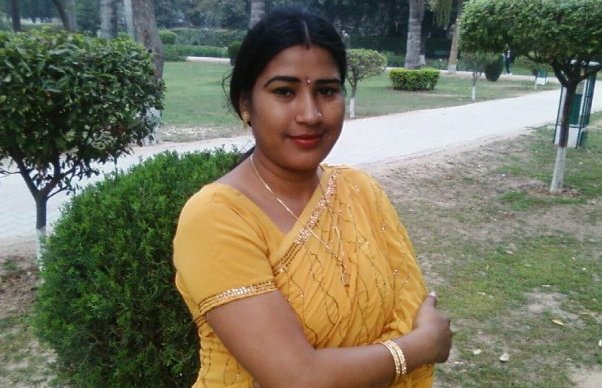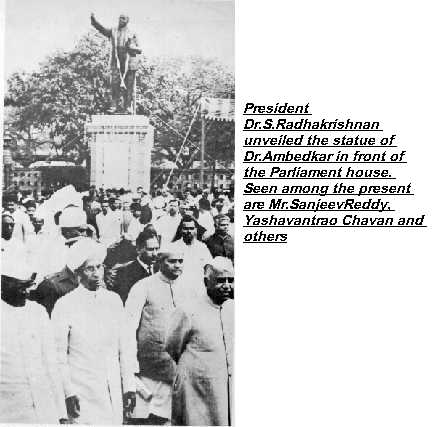Purnachandra Naik
Review of the novel ‘Pyre‘ by Perumal Murugan
Title: Pyre
Author: Perumal Murugan
Translator: Aniruddhan Vasudevan
Publisher: Penguin Books India
Pages: 200
Price: 399 rupees
 In a society yet to wake up from the deep slumber of caste practices, love across caste lines is a formidable “crime”. In a society yet to shake off the lingering feudal yesteryear honour, daring to love and live together across caste boundaries, thereby defying and attempting to undo the caste pride is a formidable act that entails its own share of “punishment”, most of the time meted out by none other than the caste councils in the den of casteism, the village system. But at the same time, it is the instinctive innocent human love across the clearly demarcated and strongly guarded caste community lines that defy the logic of caste hatred, discrimination and the multiple levels of violence that caste produces and perpetuates. Hence love across caste lines can be a counter current to the established hierarchical caste structure.
In a society yet to wake up from the deep slumber of caste practices, love across caste lines is a formidable “crime”. In a society yet to shake off the lingering feudal yesteryear honour, daring to love and live together across caste boundaries, thereby defying and attempting to undo the caste pride is a formidable act that entails its own share of “punishment”, most of the time meted out by none other than the caste councils in the den of casteism, the village system. But at the same time, it is the instinctive innocent human love across the clearly demarcated and strongly guarded caste community lines that defy the logic of caste hatred, discrimination and the multiple levels of violence that caste produces and perpetuates. Hence love across caste lines can be a counter current to the established hierarchical caste structure.
Love, honour, discrimination and defiance in the face of stifling caste structure are some of the seminal themes in the novel, Pyre by Perumal Murugan which has been translated recently into English by Aniruddhan Vasudevan. Originally written as Pookkuzhi in Tamil, it is set in the background where the narrative shifts between the village to city and again back to the village.
Pyre delves deep into a love story, not an ordinary love story but an inter caste love story. Kumarasen goes to work in a soda shop in the city where he meets Saroja. Kumarasen and Saroja fall in love with each other and get married on their own without informing their respective families. Kumarasen comes from a farming caste community in a village in Tamil Nadu, and although the caste of Saroja is never explicitly revealed in the novel, hints in the text point towards the possibility that she belongs to the “untouchable” caste as her father and brother work in a leather factory in a city, and who do not have a salubrious view on village life. At this point it is worth mentioning that for “untouchables”, village is the very epitome of humiliation and discrimination, which constricts their human capabilities and reduces them to the level of “dirt”, overloaded with all kinds of negativity while city provides some anonymity to their immediate identity and opens up spaces for socio-economic mobility.

The narrative thread starts with the couple getting off the bus to march toward Kumarasen’s village after their marriage. At this point, little does Saroja realise that constant derision and humiliation await her as the ubiquitous question on everyone’s tongue in the village is “which caste does she belong?” Her fair skin does not provide any immunity against the infectious caste practices as “She needed a lot more than that. The right caste, more than anything.” Kumarasen’s mother Marayi refuses to accept Saroja as her caste is not known. And so does the entire village community as it is believed that “the entire village bears a mark of impurity if there is a woman here whose caste or family is unknown”. As Kumarasen’s is a farming community, it could be assumed that his caste falls somewhere in the eclectic OBC groups. But caste is structured and strengthened in such a way in a village system that each caste is conscious of its position in the caste hierarchy and obsessed with the social/spatial distance that has to be maintained (and if need be imposed) from the caste below to preserve the “caste purity” as the caste order is composed of “closed in” and “closed out” caste compartments. In this watertight, social osmosis proof hierarchal caste structure which assigns each caste a certain amount of vainglorious pride to be preserved and flaunted to the caste below, Kumarasen and Saroja have a hard time owing to the newly wed bride’s unknown caste identity as the couple strives to survive in the stifling social atmosphere in the village. The couple’s endeavour to engage in human interaction with the village folk goes in vain as the question of Saroja’s caste crops up in every social transaction. The veneer of human relationships in the village system mediated by caste and the entailing honour vanishes at the slightest stroke of caste defiance as Kumarasen is accused of violating the “caste honour” by marring outside the caste boundary and ergo “defiling” the strongly guarded caste purity. Most of the time we hear stories of girls violating/defiling caste lines by marrying outside its loop, but in the novel it is the other way around. It is Kumarasen who is accused of bringing dishonour to his caste community by marrying outside the caste boundary. Although in the archaic social structure, it is the woman who is embodied with caste honour and pride, caste purity can also be “defiled” by man as is testified by the text.
The stifling Village versus City the open space
In the novel the rural landscape is juxtaposed alongside the urban space. The topography of the village is described as barren, harsh where breathing itself becomes a difficult task for Saroja as she finds herself in a delicate position to acclimatise herself in this new unforgiving village environment. The hard rocky surface on which Kumarasen’s homestead is built is a metaphor as “The rock had no compassion for her” and “all it offered her was oppressive and stifling humidity”. It stands for the ossified impermeable social structure organised around caste lines which does not allow any social fluidity. It is cold, rough and emotionless. The village might look like an open space where social osmosis is possible “but that was an illusion in truth, not even the wind from elsewhere could enter this space. The air in these parts…had turned poisonous.” The whiff of wind in the form of inter caste marriage promises to herald a change of heart and attitude of the village caste community towards the internalised caste structure, but without much success as the wind of change is not allowed to brush through the “closed in”, “closed out” compartments.
On the other hand in the city Saroja could “walk about freely, swinging your [her] arms” and “no one there to point to her and ask, ‘Who is she? What is her caste?’”. It is a place where she can flash a smile and is reciprocated by a smile. The humanly, crucial social interaction among individuals is emphasised here. There “the streets were open and wide” implying the existence of a seminal space where some level of uninhibited socialisation occurs transcending the immediate over bearing caste identity.
As the narrative proceed towards the end in the text, Saroja inhabits a surreal space intersecting the real and the imaginary where she is hounded by the villagers with an attempt on her life. In this surreal, liminal space she is confronted with a fire which “was coming to embrace her and release her from some terrible, freezing cold”, “she readied herself to welcome it with outstretched arms”. This latent “pyre”, invisible yet exists in the hideous plan of the village council hell-bent on its vindictive agenda to annihilate the couple, particularly Saroja for marrying Kumarasen and thereby defiling his community’s caste purity. This perpetual “pyre” will always threaten to burn Saroja and Kumarasen to ashes as it would be ignited by the stunted morality and truncated humanity enmeshed and sullied by the dictates of caste, honour and the entailing pumped up caste pride.
Recent days have seen horrendous killings of couples in the name of “honour” who defy caste lines, caste prides and dare to love across their castes barriers. Euphemistically called “honour killings” purportedly to salvage the “honour” defiled by inter-caste marriages, these are essentially “caste killings” as well as the so-called “upper castes” or OBC groups are thought to be “contaminated” by the castes below them (e.g., “untouchables”) in the inter caste marriages. And certainly the caste factor has an overarching role to play in the whole saga of sanguinary revenge along with the “honour” and “pride” which are enmeshed in caste. These are rampant across the length and breadth of the country. But the recent outrageous Udumalpet incident in Tamil Nadu where a Dalit youth, Shankar was brutally hacked to death in broad daylight for daring to love and marry Kausalya (belonging to the dominant Thevar (OBC) group who also suffered grave head injuries) on the hands of goons apparently hired by none other than the girl’s parents makes the novel a living testimony of couples who dare to transgress the closely policed caste lines for love even at the risk of putting their lives on line. Here the social relevance of the novel is heightened as it holds a mirror on to the society as a whole for self-reflection and urges the upholders of caste, the protector of honour, and the caste vigilant village councils to do some long overdue soul searching and pay attention to the human cost involved in their indiscriminate actions. It mocks at the superficiality of human relationships which, mediated by caste dictates, do not hesitate to brutally blow out, for the archaic “honour” and “caste pride”, innocent lives.
It attempts to hammer down a message through the hibernating conscience of the society that innocent life loving lives and lovers are burnt on the “pyre” of caste and inflated honour as it undermines the basic human yet universal values of love and compassion for each other which we as human beings need to nurture to reach at the doorsteps of untrammelled humanity.
~~~
Purnachandra Naik is a research scholar of Spanish/Latin American Literature. His research area also covers Dalit Literature and Indian writings in English.









